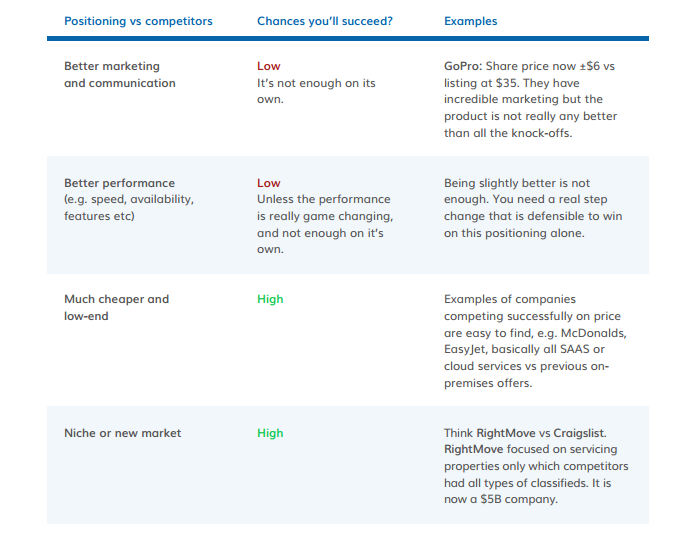Investment Readiness
Question?
Do you know why startup fails in the investment stage?
Why is a great team with immense potentials not funded by Angels or VC Funds?
Why are entrepreneurs always frightened lest their ideas are not stolen by the big shark?
What you MUST KNOW!
Find what your investors search in your business before they invest!
How you can make your company lucrative to your investors!
How you can protect your million dollar idea!
Key Seven Elements of Investment Readiness
- Team, Talent, Advisor
- Product & Market
- Technology & Operation
- Tractions, Revenue & Growth
- Financial & Performance Management
- Legal Compliance & Admin
- Fundraising
How you can Protect your business IDEA
Your Asset as a Startup Company
- Copyrighted Software, content & product model
- Patented Innovation or Design
- Market Reach with Traction
- Your Brand Image
Startups are based on hypothetical scenarios. The most challenging refers to predicting and understanding the market. You need to prove your hypothesis is right. You can demonstrate the market needs by:
• Talking to potential customers. But be careful. Don’t just listen to what you want to hear. Hear what the customers actually have to say in spite of your assumptions.
• Check for the best practices. What do your biggest competitors? But make sure localisation issues are considered.
• Is there more demand than you initially expected? This is a great sign that you may have found a product/market fit!
Check what Paul Graham from the Y Combinator says about it in the link below:
http://paulgraham.com/startupideas.html
Tip 7: Find your Positioning vs Competitors ary
Know exactly where you will position your startup and how it will compete. In general, there are four ways you can position yourself vs the competitors and based on history, some have a better chance of success than others. See the table below:

Tip 8: Know and Build your Barriers to entry
Whenever you decide to launch your product or service to a market, you need to be well-aware of what might be your challenges and how you’re planning to overcome them. Some strong barriers to entry include:
• Scale/Volume, the only way to compete is to produce more;
• Network effects, a strong value added two sided marketplace;
• Complexity without either in IP, technology, operations;
• Regulation, licences can bar new entrants;
• Partnerships, especially distribution licenses, may prove hard to compete against.
Once you’ve prepared a plan on how you’re going to deal with the most likely barriers to enter a market for your startup, your startup is more likely to receive a positive reaction by investors.
Tip 9: Go after a big enough Serviceable Available Market
Predicting the market size is not an easy task. Affected by with sensitive drivers or hypotheses the calculations could be questionable. However, you and your investors need to know what you are getting into. The key indicators are:
• Total Available Market is the total market demand for a product or service. This metric helps to prioritize business opportunities by serving as a quick metric of the basic potential of a given opportunity.
• Serviceable Addressable Market is the number of population matching your customer description times the dollar value per customer p.a.. The ideal value should be more than $100M. Focus on this measure.
• Serviceable Obtainable Market is the portion of Serviceable Addressable Market that you can capture.
Tip 10: Develop the core tech in-house
Investors want to see that the core tech parts are built, owned and understood by the company. Outsourcing for an MVP before getting a CTO on board is fine. But in the long-term, you will need to have tech in-house.

Tip 11: Have the tech team listen to customers
Setup various channels for customer feedback and proactivity look for it. Your tech team, not only the CTO, should receive customer feedback weekly. Based on that, build your tech product focusing on your user-experience and usability with a
visually appealing look.
Are you curious to know what are the available fund raising platform for the startups?
Do you know what are the 30 legal services that a startup might need to carry on their new business?
